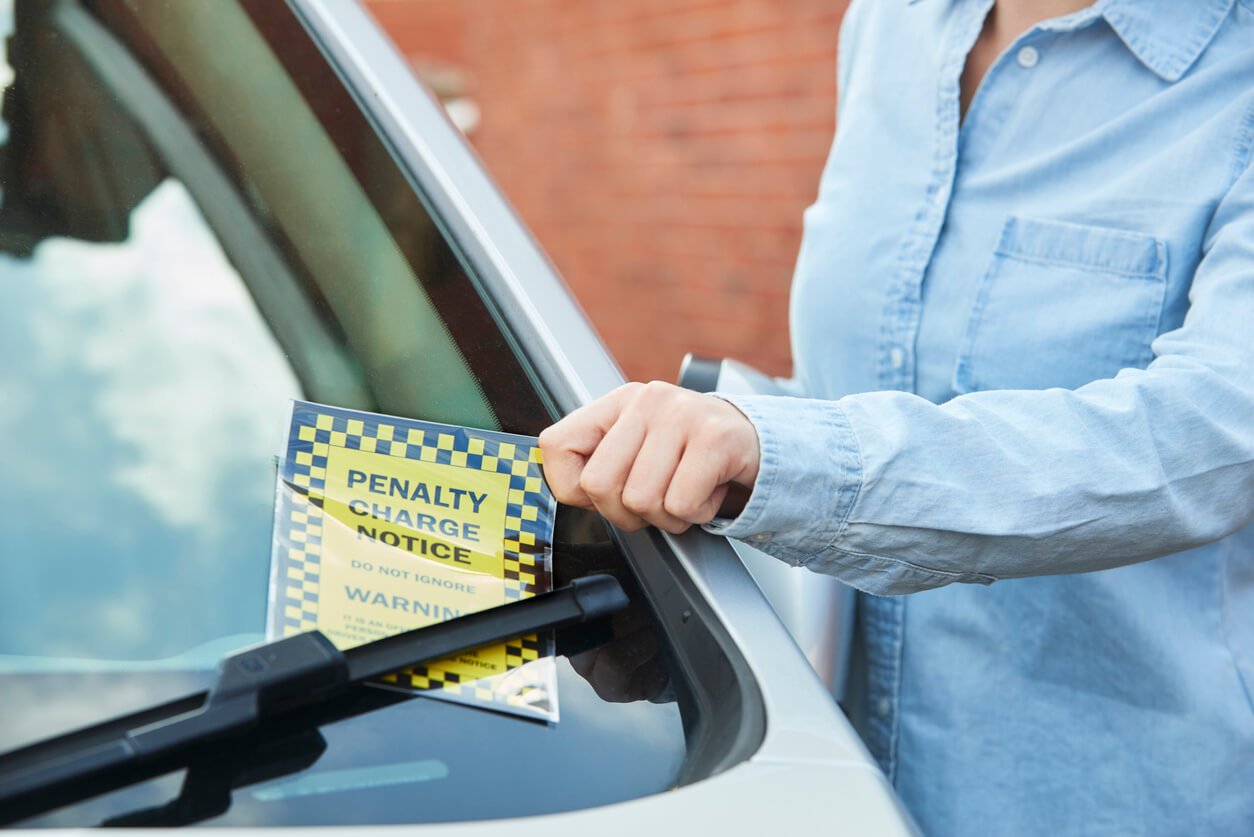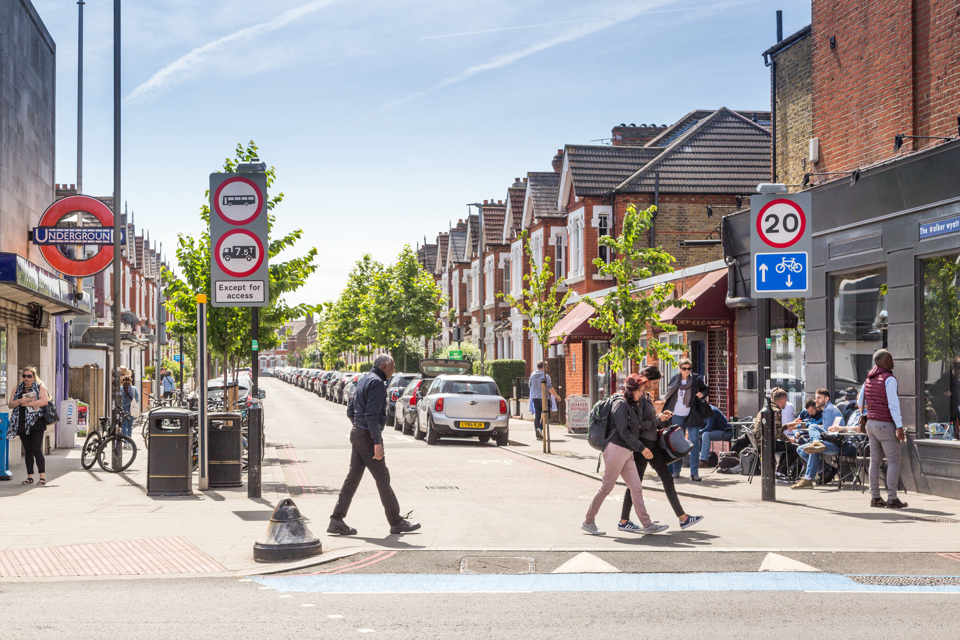The Government has published new, tougher rules to implement 20mph zones and low traffic neighbourhoods (LTNs).
Billed as part of its Plan for Drivers, ministers have also announced a consultation to remove local authorities’ access to Driver and Vehicle Licensing Agency (DVLA) data to enforce such schemes by camera, and set aside cash for traffic light improvements.
The draft statutory guidance for councils on LTNs, sets out that they must gain buy-in from local residents, businesses and emergency services when being considered.
This could involve in-person events, online engagement, and leaflet drops to involve the whole community in the process and will mean that authorities must consider whether an LTN has local support before it is implemented.
The new guidance also raises expected standards for LTNs and will come into force this summer.
Recent examples where councils have implemented these schemes without public support have been shown to cause disruption and have unintended negative consequences, says the Department for Transport (DfT).
It explained that if local authorities fail to deliver sensible road schemes that work for local people they could see future funding withdrawn, and under powers from the Traffic Management Act, the Government could ultimately take control of an authority’s roads where they are deemed to be widely mismanaged.
Councils have received strengthened guidance on setting 20mph speed limits, reminding them to reserve them for sensible and appropriate areas only – such as outside schools – and with safety and local support at the heart of the decision.
Local authorities are expected to consider this guidance, and as with the LTN guidance, this could have implications for the awarding of funding in the future, says the DfT.
Jack Cousens, head of roads policy at the AA, said: “The best traffic management schemes are the ones which have undergone significant local consultation from their inception.
“Residents and businesses want to help shape their communities and respond much better to co-operative solutions rather than told what will be placed upon them.”
A Government review found that only 13% of residents have responded to councils’ planning consultations on LTNs, and just 18% feel that their views have influenced council decisions.
The report also found that local authorities operating LTNs issue an average of 36,459 penalty charge notices per scheme, with the highest number of penalty charge notices issued for a single LTN scheme exceeding 170,000.
While the review showed only a quarter of people understood the benefits of LTNs, it also flagged concerns over the impact on disabled residents, high numbers of penalty charge notices, the cost of LTN schemes and even concerns from emergency services that delays to crews caught up in LTNs could “potentially risk lives”.
Transport secretary Mark Harper said: “We want local people to have their voices heard, and any traffic schemes to have the consent of those they impact.
“Well thought out schemes, like 20mph limits outside schools, can make our roads safer, but we are raising the bar to help ensure all traffic schemes work for everyone in the community.”
Traffic lights will also be upgraded thanks to £50 million funding – £30m to replace outdated equipment, and £20m to reduce poor traffic light performance through technology that responds to live traffic conditions.
Some 80 highway authorities across England will benefit from funding, which aims to improve journey times and reduce congestion caused by red lights.
Liam Griffin, CEO of Addison Lee, welcomed the publication of new guidance for local authorities following the review of LTNs.
"We have seen first-hand how extensive roadblocks and consistent lowering of speed limits to 20mph has a major impact on congestion," he said. "This significantly, and often unnecessarily, impacts the work, lives, and productivity of both Londoners and London businesses.
"We are pleased that the Government’s review recognises the importance of local authorities taking an evidence-based approach when considering the expansion or development of further road traffic measures.
"Going forward, we would like to see authorities consulting in partnership with representatives from across the London transport system, including PH (private hire) and taxis, to ensure that the delivery of essential services continues, and journey times are maintained to support the growth of London’s economy."
‘Profiting’ from enforcement

The DfT is launching a consultation on preventing local councils from turning drivers into ‘cash cows’ by profiting from enforcing traffic restrictions.
This includes fines for drivers going into yellow box junctions or parking restrictions.
The eight-week call for evidence will seek views from residents and will also quiz local authorities on how money from fines is reinvested.
People can have their say on whether they think enforcement is currently fair or believe authorities should be restricted in their traffic enforcement powers.
The findings, says the DfT, will inform future Government decisions on restricting authorities.
As with LTNs, the Government will also look at restricting local authorities access to third-party data, such as the DVLA database, for enforcement purposes.
It also says that restrictions on bus lane use are too rigid, creating delays and causing regular fines for drivers.
New guidance on bus lanes has also been issued, to make sure they only operate when it makes sense, like when traffic is heavy enough to delay buses, with the aim of preventing drivers being hit with unfair fines.
Crackdown on anti-social drivers
Nuisance drivers who illegally modify their exhausts are also being targeted.
New research reveals the success of noise cameras in cracking down on illegally modified exhausts and anti-social drivers.
The research will be used to encourage local authorities to install noise cameras after successful trials in Bradford, Birmingham, Bristol and Great Yarmouth.
After the RAC highlighted how hundreds of thousands of drivers have been hit with fines from poorly designed and oversized yellow box junctions, it welcomed Government measures to tighten the rules.
RAC head of policy, Simon Williams, said: “We’re very pleased to see the Government responding to our calls for clearer guidance on yellow box junctions with their consultation on the misuse of these measures.
“It’s also extremely positive to see progress made on the installation of noise cameras, after six-in-10 drivers (58%) told us they would be in favour of these measures last year.
“Excessive noise pollution is not only extremely frustrating, it could also have a really serious impact on residents’ health and lives, and until this point there’s been very little anyone can do about it.
“We’re keen to see if this new technology goes some way towards resolving the issue and hope it can be rolled out quickly and efficiently.”
Cousens added: “Allowing more councils to impose fines for yellow box junction offences has resulted in some drivers feeling that they are seen as ‘wallets on wheels’ by their local authority.
"The reality is that the very best yellow box junctions, bus lanes and car parks are the ones that generate the fewest fines. That’s because road users quickly and clearly understand what is expected of them.
"The vast majority of drivers are law abiding and make honest mistakes, so providing warning letters to first time offenders would help educate the public whilst maintaining trust in town halls.”























Login to comment
Comments
No comments have been made yet.